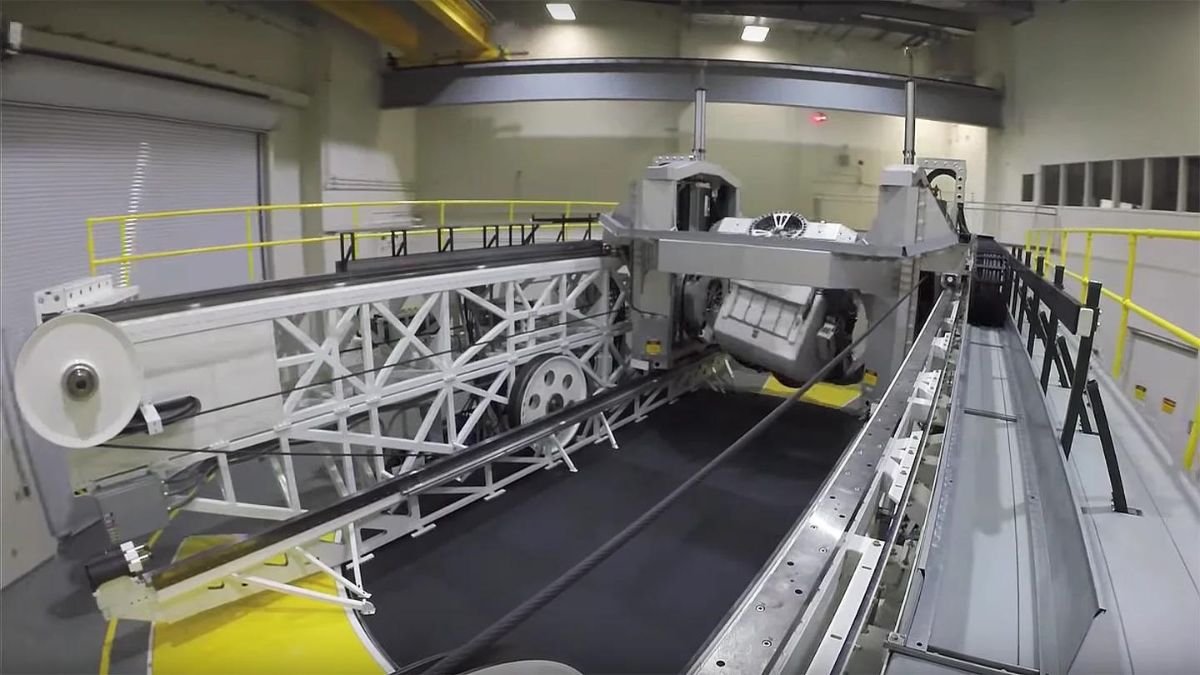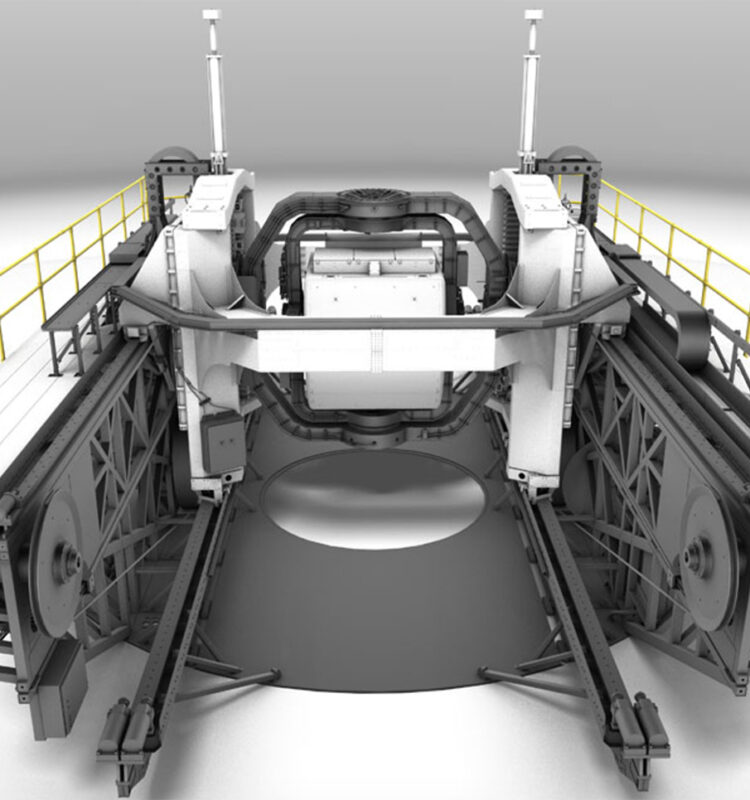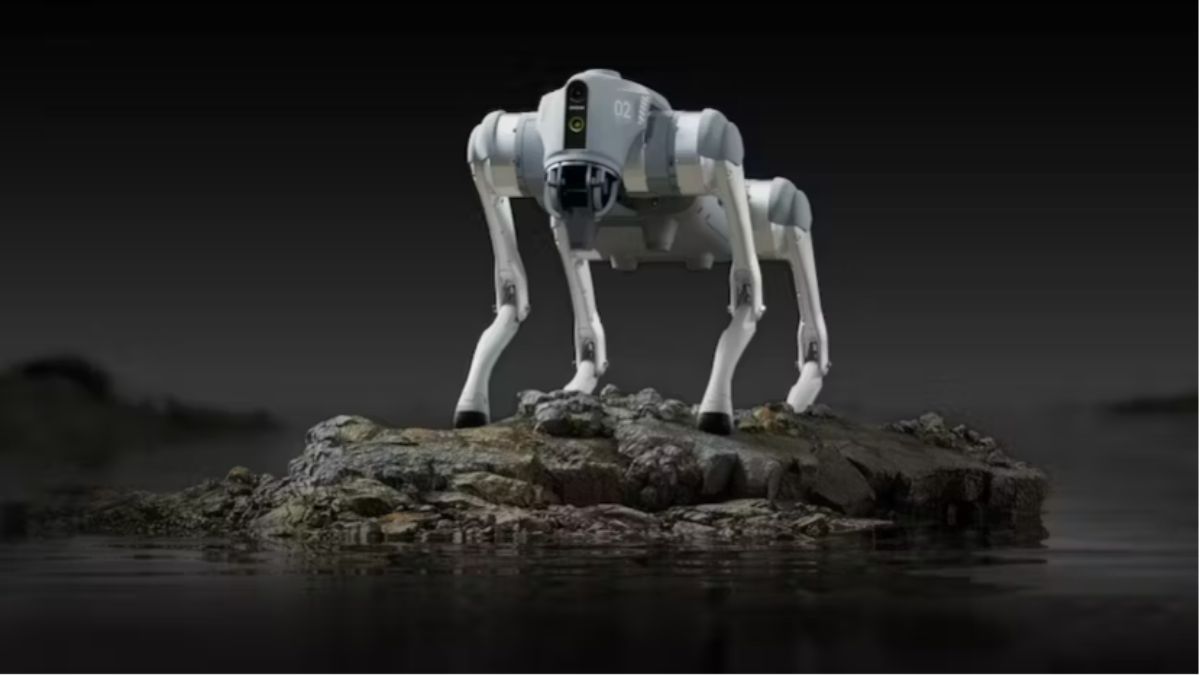NASA Will Simulate Space Flight Using the US Navy's Kraken Spinning Device
May 18, 2023 By Prelo Con

(Image Credit Google)
(Image credit- The Drive)
NASA scientists are using Kraken, a massive rotating machine originally developed for the US Navy, to help them solve the puzzle of why astronauts get motion sickness in space.
Astronauts are susceptible to the unpleasant effects of motion sickness, which includes symptoms like nausea, vertigo, and dizziness, during both the trip into space and the return to Earth.
These feelings may make it difficult to perform crucial activities during spaceship landing or escape. NASA is turning to the 50-foot-long, 100-ton monster known as the Kraken, stationed at the Wright-Patterson Air Force Base in Ohio, to help astronauts get ready for any disorientation they may experience.
[caption id="" align="aligncenter" width="750"]

Image credit- Smart Eye[/caption]
The Capabilities of Kraken
The Kraken is able to recreate a variety of flight circumstances by abruptly changing roll, pitch, and yaw as well as horizontal and vertical movements.
The Kraken can be set up by NASA scientists to mimic the conditions encountered during spaceflight, allowing them to investigate the efficiency of several technologies and head movements in reducing motion sickness.
24 active-duty servicemen will participate in a strenuous 60-minute spin exercise inside the fearsome Kraken for a future
NASA and Navy study.
Three times the force of gravity will be applied to the volunteers throughout this amazing experience, exactly recreating the powerful gravitational forces an astronaut would face upon returning to Earth.
Half of the participants will be told to make certain head movements after their encounter with the Kraken while wearing video goggles that carefully record their head and eye movements.
[caption id="" align="aligncenter" width="1041"]

Image credit- NASA[/caption]
We will carefully track a number of motion sickness-related parameters, such as blink frequency and heart rate variations. Researchers will assess the level of illness and confusion these volunteers are experiencing in real time.
Participants in the Kraken study will perform balance evaluation tasks, such as standing on foam, moving through obstacles, and walking. Performance may be impacted by dizziness following the Kraken spin.
Also read:
US-based crypto exchange Kraken will stop conducting business in Japan
Michael Schubert, the study's lead author, emphasizes the importance of astronauts' anecdotes regarding head motions for regaining equilibrium. The purpose of the study is to offer proof of the usefulness of particular head movements for astronauts.
If the research is successful, astronauts will be able to quickly adapt to gravity shifts while in space, especially on longer, farther voyages.
By Prelo Con
Following my passion by reviewing latest tech. Just love it.


 Image credit- Smart Eye[/caption]
Image credit- Smart Eye[/caption]
 Image credit- NASA[/caption]
We will carefully track a number of motion sickness-related parameters, such as blink frequency and heart rate variations. Researchers will assess the level of illness and confusion these volunteers are experiencing in real time.
Participants in the Kraken study will perform balance evaluation tasks, such as standing on foam, moving through obstacles, and walking. Performance may be impacted by dizziness following the Kraken spin.
Also read: US-based crypto exchange Kraken will stop conducting business in Japan
Michael Schubert, the study's lead author, emphasizes the importance of astronauts' anecdotes regarding head motions for regaining equilibrium. The purpose of the study is to offer proof of the usefulness of particular head movements for astronauts.
If the research is successful, astronauts will be able to quickly adapt to gravity shifts while in space, especially on longer, farther voyages.
Image credit- NASA[/caption]
We will carefully track a number of motion sickness-related parameters, such as blink frequency and heart rate variations. Researchers will assess the level of illness and confusion these volunteers are experiencing in real time.
Participants in the Kraken study will perform balance evaluation tasks, such as standing on foam, moving through obstacles, and walking. Performance may be impacted by dizziness following the Kraken spin.
Also read: US-based crypto exchange Kraken will stop conducting business in Japan
Michael Schubert, the study's lead author, emphasizes the importance of astronauts' anecdotes regarding head motions for regaining equilibrium. The purpose of the study is to offer proof of the usefulness of particular head movements for astronauts.
If the research is successful, astronauts will be able to quickly adapt to gravity shifts while in space, especially on longer, farther voyages.






